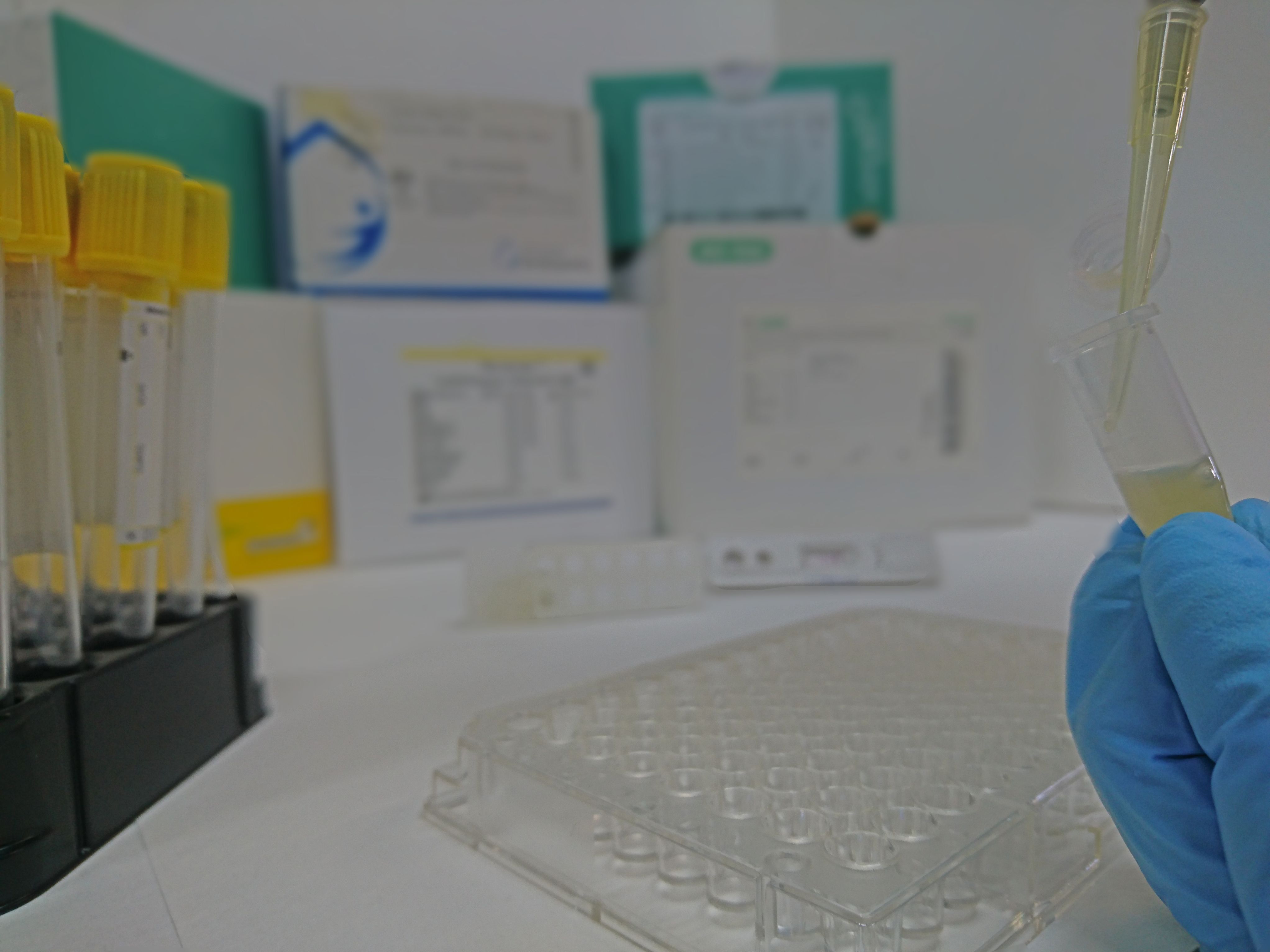Performance of visceral leishmaniasis tests vary widely
Research published in PLoS Neglected Tropical Diseases suggested that commercially available serological tests for visceral leishmaniasis in Brazil vary significantly in their accuracy.
One of the strategies of Brazil’s national program to reduce mortality associated with visceral leishmaniasis (VL) is the use of serology tests, but these results suggest that this recommendation “needs to be qualified with specific information about the test performance,” Mariana Lourenco Freire, from the Oswaldo Cruz Foundation in Brazil, and colleagues wrote. “There is no consensus about the minimum sensitivity and specificity rates required for a VL diagnostic test.”
Most VL cases (96%) in the Americas are reported in Brazil, and an average of 3,749 cases are reported annually, with a mortality rate of 6.9%, the researchers wrote.
“Since the clinical features of VL mimic several other common diseases and the treatment is associated with significant toxicity, an accurate diagnosis is crucial,” they added.
The researchers compared the diagnostic performance of three ELISAs, two immunofluorescence antibody tests (IFATs), an immunochromatographic test (ICT) not currently available in Brazil and one in-house direct agglutination test (DAT-LPC), which has not been marketed.

Freire and colleagues tested 236 samples collected previously from patients with suspected VL. Of these patients, 77 were HIV positive.
The highest accuracy was observed with the ICT (96.2%; 95% CI, 92.8%-99.7%) and DAT-LPC (95.6%; 95% CI, 91.9%-99.3%) among those who were not infected with HIV. The researchers said that the maximum accuracy of ELISA tests was 91.2%, and there were no differences between patients with and without HIV.
The two IFATs reached a maximum accuracy of 84.3%, but the accuracy was lower in those with HIV (P = .039).
The researchers noted that those with HIV had the most accurate results when tested with the DAT-LPC (P .115).
“These results have direct implications in public health care policies in Brazil,” Freire and colleagues wrote. “In addition to confirming the high performance of rapid ICTs in general, the results show important exceptions — people with HIV and children aged younger than 3 years — specific groups in which a rapid test cannot be used to rule out VL diagnosis safely. For these groups, a specific algorithm is required, and DAT-LPC emerges as the best performing serological test, which adds to its advantage in terms of national autonomy in production.”
The researchers added that “local validations” are needed for each of the tests before they are used on a larger scale. – by Katherine Bortz
Disclosures: The authors report no relevant financial disclosures.
